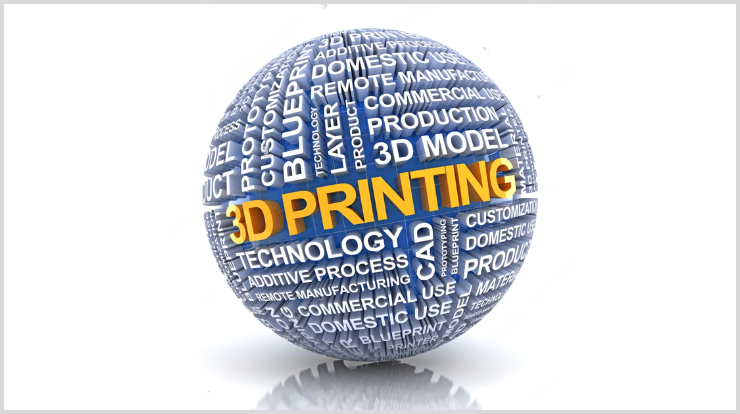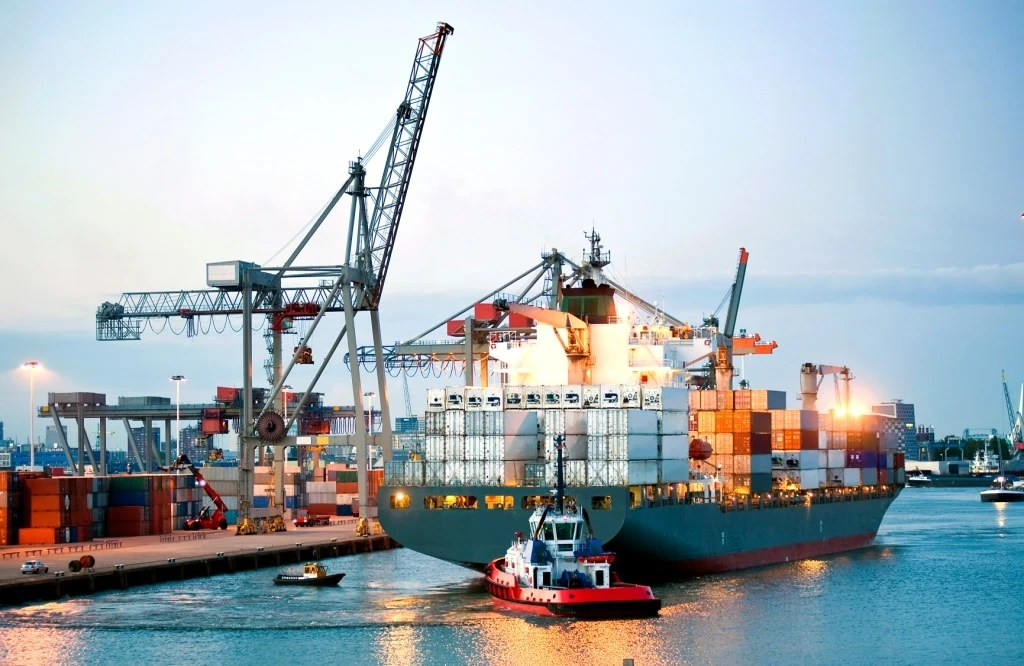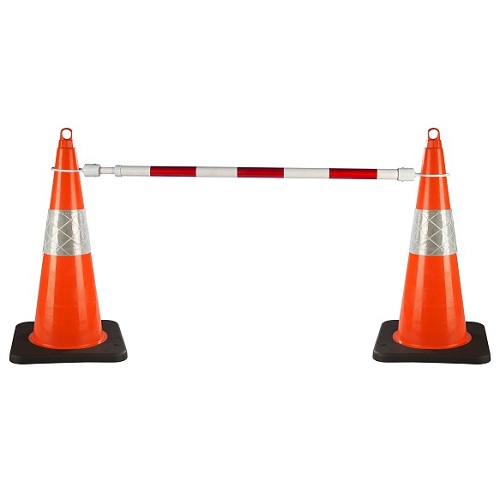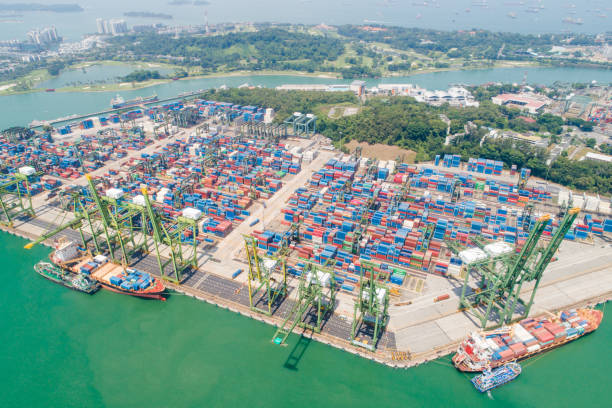Dubai, known for its luxurious and extravagant events, is increasingly adopting 3D printing technology to create stunning and innovative decorations. However, one common concern is the durability of these 3D printed decorations, especially for outdoor events where they are exposed to various environmental factors.
This article explores the durability of 3D printed event decorations for outdoor events in Dubai, covering the impact of materials, environmental factors, and design considerations.
The Impact of Materials on Durability
PLA (Polylactic Acid)
PLA is a popular 3D printing material due to its eco-friendly properties and ease of use. However, it is not the best choice for outdoor decorations in Dubai. PLA is biodegradable and can degrade under prolonged exposure to heat and UV light, which are prevalent in Dubai’s harsh climate. This material is more suitable for indoor events or short-term outdoor use.
ABS (Acrylonitrile Butadiene Styrene)
ABS is known for its durability and resistance to impact, making it a better choice for outdoor decorations. It can withstand higher temperatures than PLA, which is crucial for the hot weather conditions in Dubai. ABS also has good resistance to UV radiation, although it can still degrade over time with constant exposure. Applying a UV-resistant coating can enhance its longevity.
PETG (Polyethylene Terephthalate Glycol-Modified)
PETG is a strong and flexible material that performs well in outdoor conditions. It has excellent resistance to moisture and can withstand varying temperatures, making it suitable for Dubai’s climate. PETG is less prone to warping compared to PLA and ABS, ensuring that decorations retain their shape and aesthetic appeal over time.
Nylon
Nylon is another durable option for 3D printed outdoor decorations. It has high tensile strength and can withstand significant wear and tear. Nylon is also resistant to UV radiation and moisture, which makes it ideal for outdoor use. However, it is susceptible to absorbing moisture from the air, so it should be treated or coated to enhance its performance in humid conditions.
TPU (Thermoplastic Polyurethane)
TPU is known for its flexibility and resilience, making it suitable for decorations that need to endure bending and stress. Its elasticity helps it withstand impact without breaking. TPU also has good resistance to UV radiation and weathering, although it can yellow over time with prolonged UV exposure. Applying a UV-protective coating can mitigate this issue.
Environmental Factors Affecting Durability
UV Radiation
Dubai’s intense sunlight can significantly impact the durability of 3D printed decorations. UV radiation can cause certain materials to degrade, leading to discoloration and brittleness. Using UV-resistant materials or applying protective coatings can help mitigate this effect and extend the lifespan of outdoor decorations.
Temperature
High temperatures in Dubai can cause some 3D printed materials to warp or lose their structural integrity. Materials like ABS, PETG, and Nylon, which have higher melting points, are more suitable for outdoor use in such climates. Proper design considerations, such as avoiding thin structures that can easily warp, can also enhance durability.
Humidity and Rain
Although Dubai is known for its arid climate, occasional rain and high humidity can affect the durability of 3D printed decorations. Materials like PETG and Nylon, which have good moisture resistance, are preferable for outdoor use. Sealing or coating decorations can also provide additional protection against moisture damage.
Design Considerations for Durability
Structural Integrity
Designing 3D printed decorations with durability in mind is crucial for outdoor events. Using thicker walls, reinforcing structures, and avoiding overhangs can help improve the structural integrity of the decorations. Ensuring proper layer adhesion during the printing process can also enhance durability.
Surface Finish and Coatings
Applying surface finishes and protective coatings can significantly enhance the durability of 3D printed decorations. UV-resistant coatings can protect against sun damage, while waterproof coatings can prevent moisture infiltration. Smooth surface finishes can also reduce the accumulation of dirt and grime, maintaining the aesthetic appeal of the decorations.
Modular Design
Creating decorations in modular sections can enhance their durability and ease of maintenance. Modular designs allow for individual sections to be replaced or repaired without affecting the entire decoration. This approach is particularly useful for large-scale outdoor installations.
Case Studies and Practical Applications
Successful Outdoor Events in Dubai
Several high-profile events in Dubai have successfully utilized 3D printed decorations. For example, the Dubai Expo 2020 featured various 3D printed elements that withstood outdoor conditions throughout the event. These case studies demonstrate the feasibility and durability of 3D printed decorations when proper materials and design considerations are employed.
Feedback from Event Planners
Event planners in Dubai have reported positive experiences with 3D printed decorations, noting their ability to create unique and customized designs that withstand outdoor conditions. Feedback highlights the importance of material selection and protective treatments in ensuring durability.
Conclusion
3D printed event decorations can be highly durable for outdoor events in Dubai when the right materials and design considerations are used. ABS, PETG, Nylon, and TPU are among the best materials for outdoor use, resisting UV radiation, temperature fluctuations, and moisture.
Applying protective coatings and designing with structural integrity in mind further enhances durability. By leveraging these strategies, event planners in Dubai can create visually stunning and long-lasting outdoor decorations that elevate the event experience.




